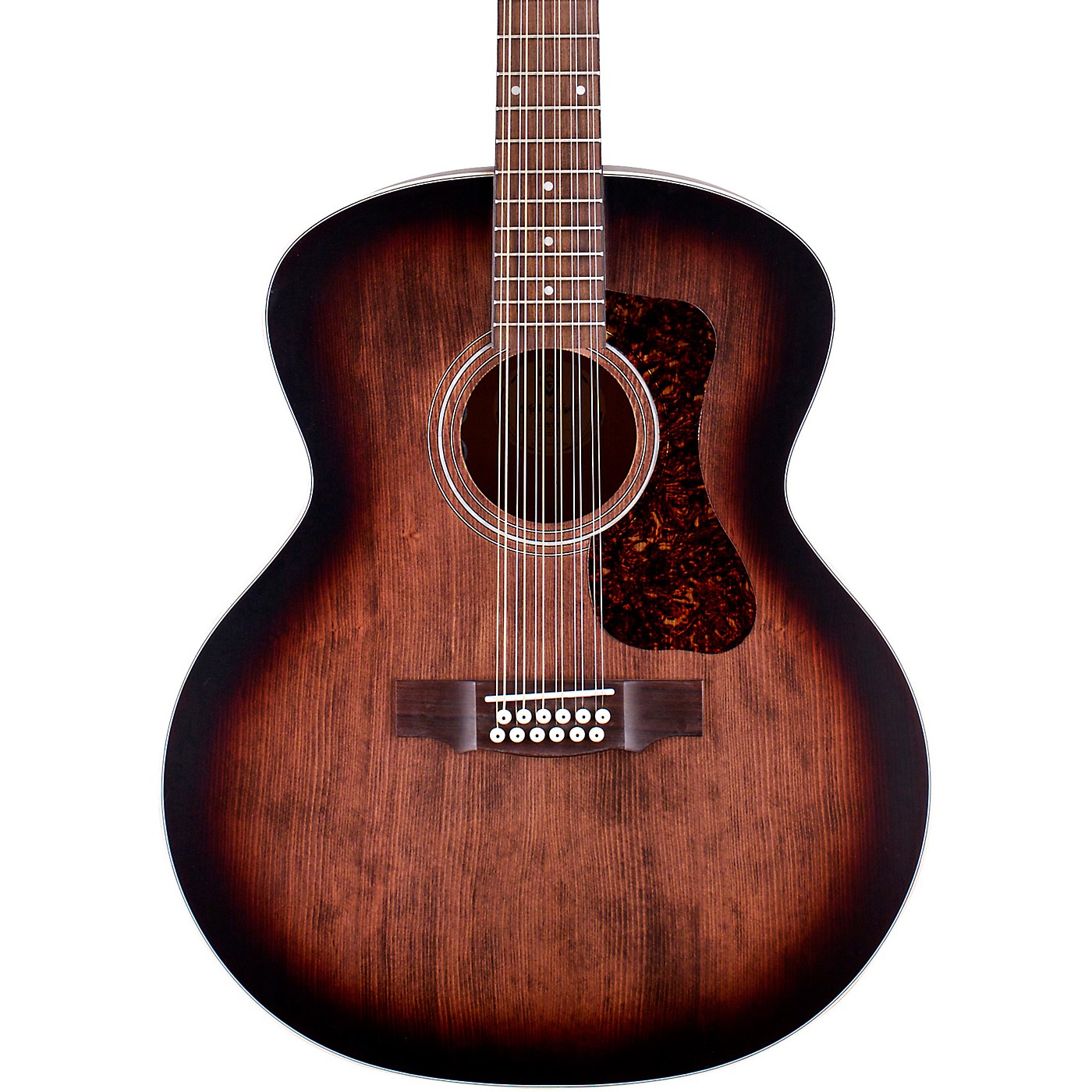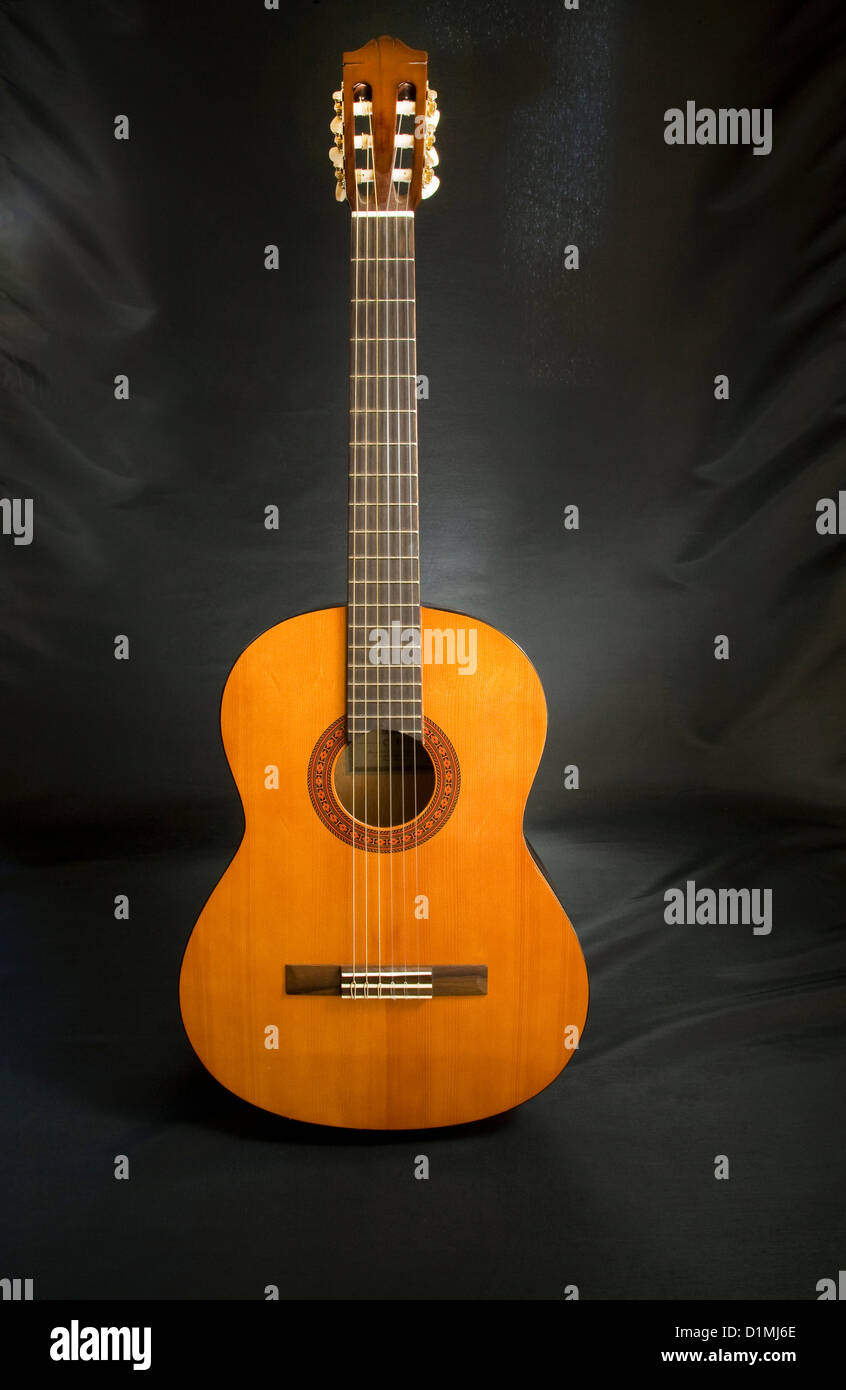

There are a lot of great 12-string options out there today. And because your strings aren’t anchored through your guitar’s top, their vibrational energy moves more evenly across your guitar for a better sound. By letting you insert the strings through the back of the bridge, string changes are way easier. The Breedlove Delta pinless bridge solves all of these issues. Not only that, but each string requires another hole to be drilled into your guitar’s top. You must pull each correctly, chase them down when one inevitably goes flying, and ensure they’re seated perfectly when putting on the new strings. And stability means better setups, better playability, and a slinkier feel to the strings.ĭealing with bridge pins when restringing a 6-string acoustic guitar can be frustrating enough. But on 12-strings, it has the added benefit of keeping the instrument stable. This allows for thinner, more resonant tops.

Doing so removes a lot of the string tension put on the guitar’s top. Simply put, the Breedlove Bridge Truss connects the bottom of the guitar’s bridge plate to the heel block inside the guitar. This dramatically reduces string binding in the nut, a significant reason guitars go out of tune. Its long, swept contouring allows the strings to cross the nut in a nearly straight line. But it’s more than just a good-looking guitar topper. It’s been a signature element of our designs for years. If you’ve ever seen a Breedlove, you’ve probably seen our asymmetrical headstock design. ( Read more about these and other distinctive elements here). We achieved it with three innovations we’re pretty proud of. But we’d also had to ensure the instruments would tune up, stay in tune, and offer effortless playability. Of course, our guitars have to sound and play great. That’s why we knew that if we were going to offer our own 12-string acoustics, they’d have to be even better. In fact, many great builders have their own way of remedying these challenges. Now, all of this isn’t true for every 12-string acoustic guitar. And because the strings are playing tug-of-war with the instrument, many guitars are plagued with unfavorable neck relief and high action. You’ve effectively doubled the string tension compared to a 6-string, if not more. Playabilityįinally, even if you’re guitar is in tune and staying that way, string tension can make the guitar a bear to play. We think we’ve helped solve this with our proprietary Bridge Truss system. With so many strings pulling on the guitar’s top and neck, it can pull many 12-strings out of tune again. The next issue arises once you have the guitar in tune. It can be a challenge under any circumstance, but try and tune one around a loud band and forget about it. Now double the number of strings that have to play nicely and move them exceptionally close together. The guitar is already an imperfectly tuned instrument. The most obvious is that it can be maddening getting one in tune. But they can also bring their own set of quirks. If you’ve ever played a 12-string, you know how much those added strings add to their sound. *The two highest strings on a modern version – B and E – are tuned in unison with their double. And like the baja sexto, modern 12-string acoustics feature six sets of doubled strings in octaves.* It wasn’t long before early flattop builders were finding ways to adopt the sound into their own instruments. But it was more than likely an evolution of similar Mexican and Spanish instruments with doubled strings, like the guitarra séptima and baja sexto. No one is sure where the 12-string acoustic we know today came from. The History of the 12-string Acoustic Guitar And that’s just classic rock! You’ll also find the acoustic 12-string in country, metal, blues, and the list keeps going. Pink Floyd’s “Wish You Were Here,” Tom Petty’s “Free Fallin,’” Bon Jovi’s “Wanted Dead or Alive,” and The Eagle’s “Hotel California” are all great examples. The 12-string’s unique sound is the signature of so many classic songs that it’s hard to count. If for no other reason than that, we think every guitarist should have a 12-string in their collection. Whether strummed, flat-picked, or played with fingers, à la Leo Kottke, 12-string guitars turn a standard guitar sound into an entire orchestra in your hands. There’s no sound quite like the jangle, chiming harmonics, and extended voice of a great 12-string acoustic guitar.


 0 kommentar(er)
0 kommentar(er)
